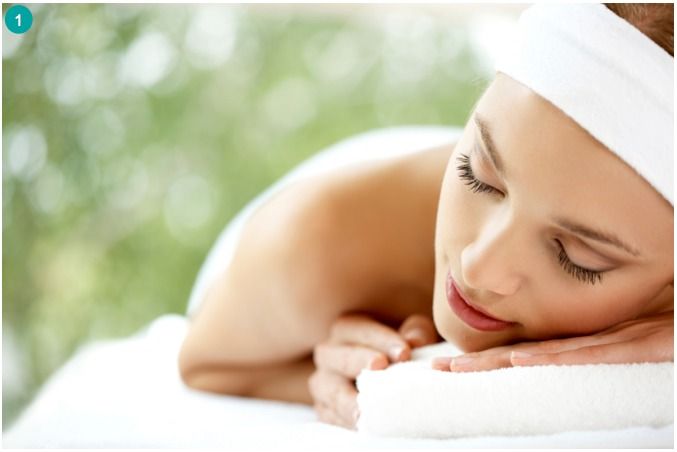
alicia mccarthy
Massage Therapist Insider Series: How Can I Make Massage a More Affordable Practice?

Posted by Alicia McCarthy
Preventative care is on the tips of everyone’s tongue these days. Treating your body with kindness can sustain longevity, as it simultaneously creates a baseline for a truer sense of health. However, regular maintenance through bodywork can, for some, create a financial burden.
Much of this is perspective. Massage can be viewed as a luxury; something that in its extravagance, should be reserved for special occasions. Treating yourself once or twice a year to a celebratory massage is a lovely tradition, but seeing that tradition turn into a monthly ritual, will yield transformational results.
Getting to the point where you feel comfortable with adding massage to your health routine can be a simple as scheduling shorter sessions. If paying for an hour of massage every two weeks seems daunting, try booking a half an hour massage instead. These shorter sessions can provide results if you schedule them closer together. Communication with your massage therapist about the goal you want to achieve with a specific area of the body can make this possible. Once the area that you strive to change feels better, then you can reduce the frequency of massage.
Another way to experience bodywork without it draining your budget is to research promotional deals that massage therapists advertise. As licensed professionals, MTs are consistently required to add to their skill set. Often that means that they are looking for people on which to practice their new techniques. That way, you both benefit from learning a new way to bring your body to a better state of health!
Massage Therapist Insider Series: What Should I Wear During a Massage?

Massage Tips for TMJ
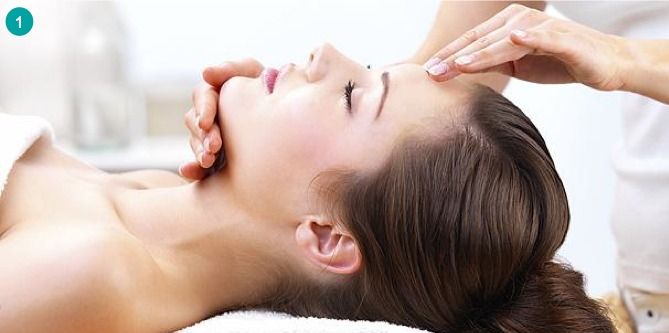
Posted by Alicia McCarthy
When clients come to me with neck pain, upper back pain, or frequency of headaches or migraines, I usually try to start the massage with their face. The jaw can be very telling when it comes to alleviating tension in these other areas of the body.
TMJ or the Temporomandibular joints are on either side of the face, and can be felt if you follow your finger from your ear to the tiny depression at the beginning of your jaw line. This joint connects the area at the side of your head to your jaw. Tension in the muscles surrounding this joint can displace it, and prevent it from moving with fluidity. TMJ dysfunction can cause the jaw to click out of place or lock up all together resulting in chronic pain and frustration.
We use our faces all of the time, everyday to express love, laughter, and the occasional grimace (we’re only human). So sufferers of TMJ dysfunction are acutely aware when their condition is flaring up, and making it impossible to eat anything the least bit crunchy. Oftentimes the pain is the most noticeable in the morning. This can happen for a few reasons. Sleeping with your mouth slightly ajar due to stuffy sinuses can cause the muscles surrounding the TMJ to work overtime. Sleeping on your side or on your stomach can have the same result compressing everything around the joint. Another cause is good old-fashioned teeth grinding and jaw clenching which often comes about during a night plagued by nightmares.
Fortunately, there is help! Massage is awesome for treating TMJ dysfunction, and so is acupuncture. Massaging your own face is very helpful and easy, and I’ve had success doing this for myself before I go to bed and when I wake up in the morning. You simply hold the trigger point around the TMJ even going into your mouth to release those contracting muscles. Alternating hot and cold compresses also relieves the tension. As a bonus, facial massage, when done regularly, can improve the tonicity of the muscles of the face giving you a youthful glow!
Massage Therapist Insider Series: How much pressure is too much pressure?
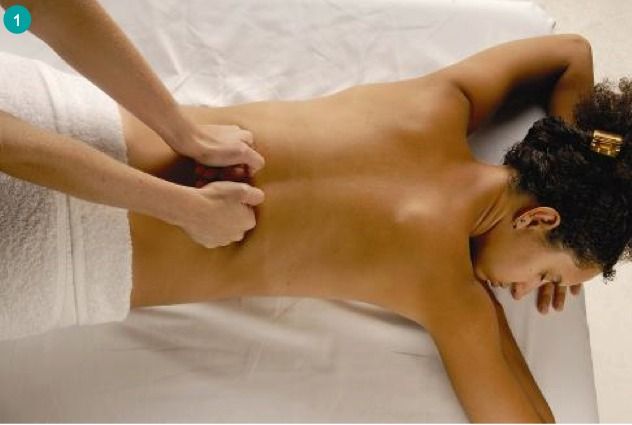
Posted by Alicia McCarthy
When I used to work at spas, I would get a lot of male clients who would size me up, and say, “Give me as much pressure as you can muster, lil’ lady…”( okay it wasn’t as John Wayne as all that). I think that they had the impression that tons of pressure meant that they were getting their money’s worth. Or that if I gave them all of the pressure I could, they would be “cured”.
Don’t get me wrong, I, myself, am a fan of pressure when it is needed and appropriate. However, if the body is not accustomed to deep pressure, it can be sent into a “fight or flight” mode of survival thereby contradicting the relaxation aspect of massage.
The body’s autonomic nervous system is divided into three parts. The enteric, which operates unconsciously and controls the function of organs, The parasympathetic, which is responsible for the body’s resting functions like digestion or salivation. The sympathetic nervous system responds when the body senses danger, and kicks in as a means for survival. Sounds relaxing, right?
That same part of the nervous system can be triggered if the body perceives the act of getting a DEEP tissue massage as extremely painful.
Pain perception is very interesting. What we think we can endure as far as physical pain is concerned can be vastly different to what is actual necessary to receiving a good deep tissue massage. Deep tissue doesn’t actually have to mean that the receiver is gasping in pain, and that their role is to just “get through it”. The technique of deep tissue massage refers to the slow application of sustained pressure across the fibers of the muscle belly. And yes, the end result is technically muscle damage. The idea is to eradicate holding patterns that exist in the body in order to allow healthy, new patterns to develop. Patterns that can come about with the help of massage therapy.
If the receiver has been a long time receiver of deeper work, then their response to extreme pressure is something that their body understands. That “hurts so good” concept is something that can be very real to their individual pain perception. Communication is key for both the massage therapist and the client. When that balance of deep pressure and soothing relaxation is struck, then true healing can begin!
Sources: The Principles of Anatomy and Physiology 11th edition by Gerard Tortora and Bryan Derrikson
Massage Therapist Insider Series: How Often Should I Have a Massage?
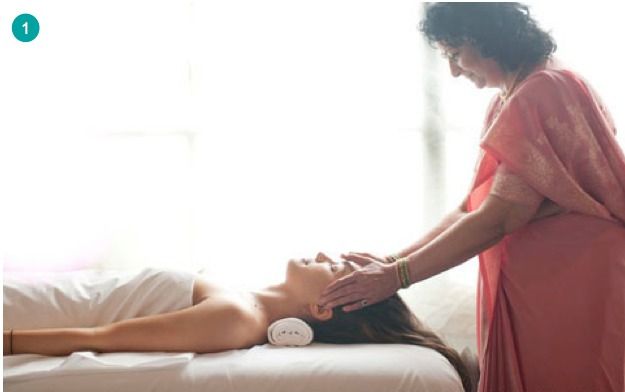
Posted by Alicia McCarthy
How often should I come for a massage?
This question is the most common by far. Sometimes I joke and say, “Everyday!” What I really mean is that every body should experience positive touch everyday in some way, but the real answer varies from body to body. I, personally try to get some form of bodywork at least once a week. I used to feel spoiled saying that, but if it’s within your means, I’d say the results for caring for yourself on that level, are dramatic.
What are your goals?
That’s usually how I try to respond to the question of how frequently massage is needed. If you aim to alleviate a specific area of pain due to injury or years of repetitive stress, one massage is not going to give you an immediate ”fix”. The effects of massage are cumulative, and healing is something that happens gradually. When targeting specific areas you want to correct, I would say try coming in for a massage every week until the pain transforms, then you should try to make massage more of a regular routine to maintain a healthy balance in your body, mind, spirit.
Imagine if you had a dream to have six pack abs, and you thought doing 100 sit ups in one day would make that dream a reality. That sounds silly, right? Receiving one massage in order to “fix” an issue in your body that’s screaming for attention seems equally silly.
One of the great things about massage is that it teaches you about yourself. After that first session that you’ve had in order to stop your back from spasm, you might feel great, better than you did before you had a massage. The next day you might feel sore in a different part of your body or worse in that one spot in your back. Sometimes you experience pain before the real healing takes place.
Your body is different everyday. My goal as a receiver of massage is finding a harmonious state within myself. My goal as a giver of massage is to assist you in getting to your own personal state of harmony.
Massage Therapist Insider Series: Do People Ever Fall Asleep on Your Table?
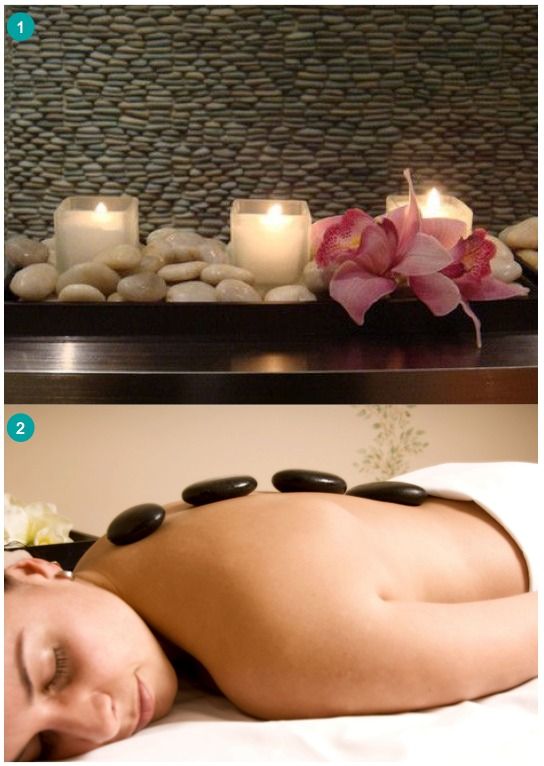
Posted by Alicia McCarthy
We’re happy to announce our first “series” on the blog. Alicia will be sharing common questions she receives as a Massage Therapist. Do you have questions? Enter your Q’s in the comments and we’ll address them over the next few weeks!
Do people ever fall asleep on your table?
This question is probably the most frequently asked question I encounter when giving a massage. It usually pops into the client’s head just as they were about to drift off to slumber land themselves.
The answer is yes; people often do fall asleep while getting a massage. I take it as one of the greatest compliments a massage therapist could receive, although the sleepy head in question can often feel self-conscious when I gently wake them at the end of our session together.
Everyone has different ways of relaxing, and that method of “letting go” can vary depending on each individual massage. As a frequent receiver of massage myself, I find it difficult to completely succumb to the drowsiness a massage can bring. I find myself jarring my senses back to reality right before I drift off to sleep. As a practitioner, I am often wondering how the massage therapist is achieving a particular “move”. However, there are clients that have the same curiosity and being awake and aware serves as a means to connect the mind to the body
If a state of sleepiness is your intention, you can try meditative visualization while the massage is in progress. Focusing your attention on the part of the body being worked on while picturing golden light shining on that area can help to quiet the mind. Setting an intention at the beginning of each session, and turning back to it can allow your senses to surrender to a relaxed state. Within some schools of thought, falling asleep is the ultimate sign of release that allows healing to occur
However you choose to spend your session, whether waking up with a little drool in the corner of your mouth or with joyous belly laughs, the goal is always the same: To heal.
Photo Credits // 1 Examiner // 2 Valley Massage Clinic
